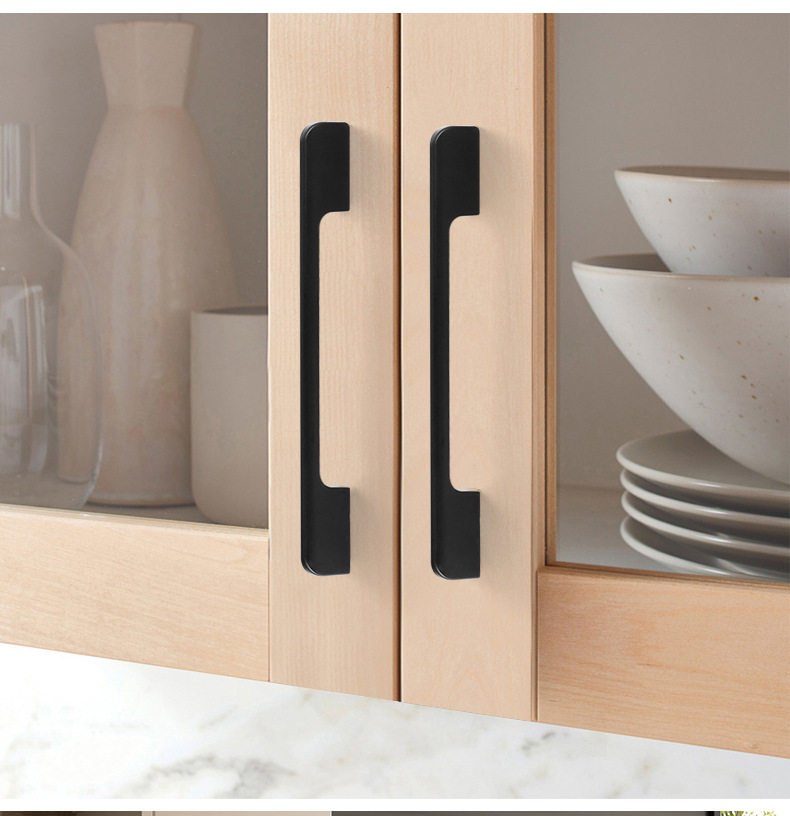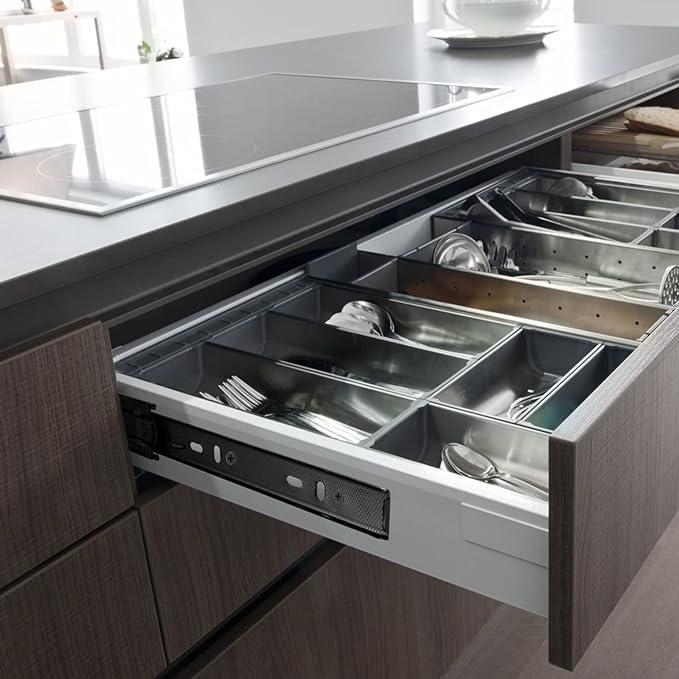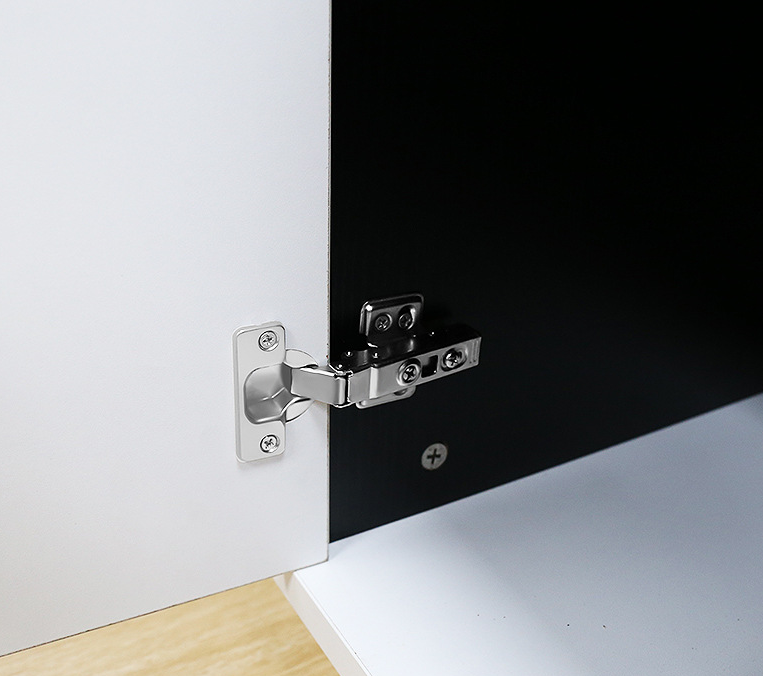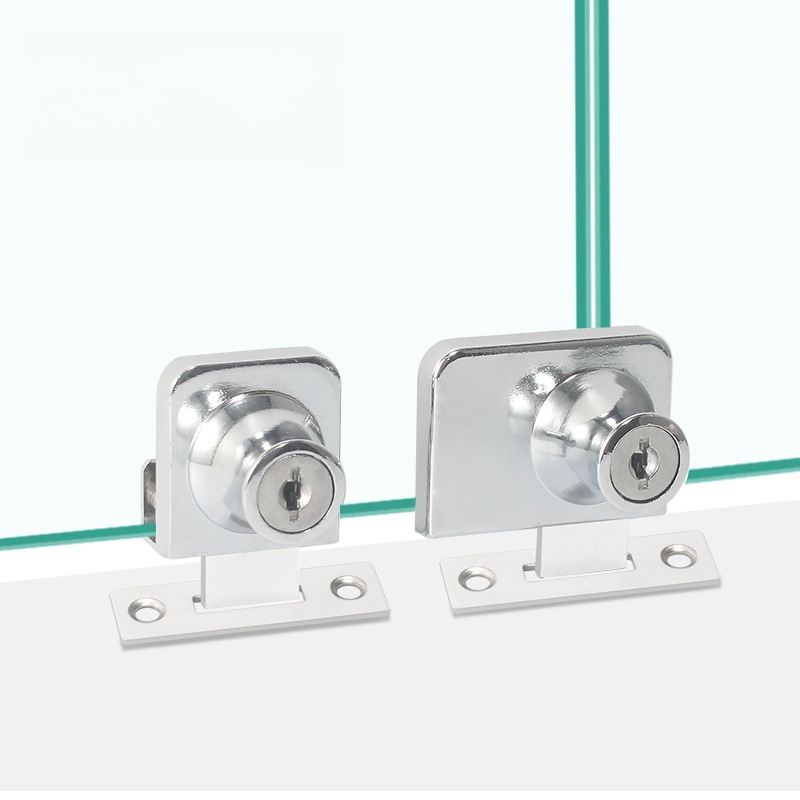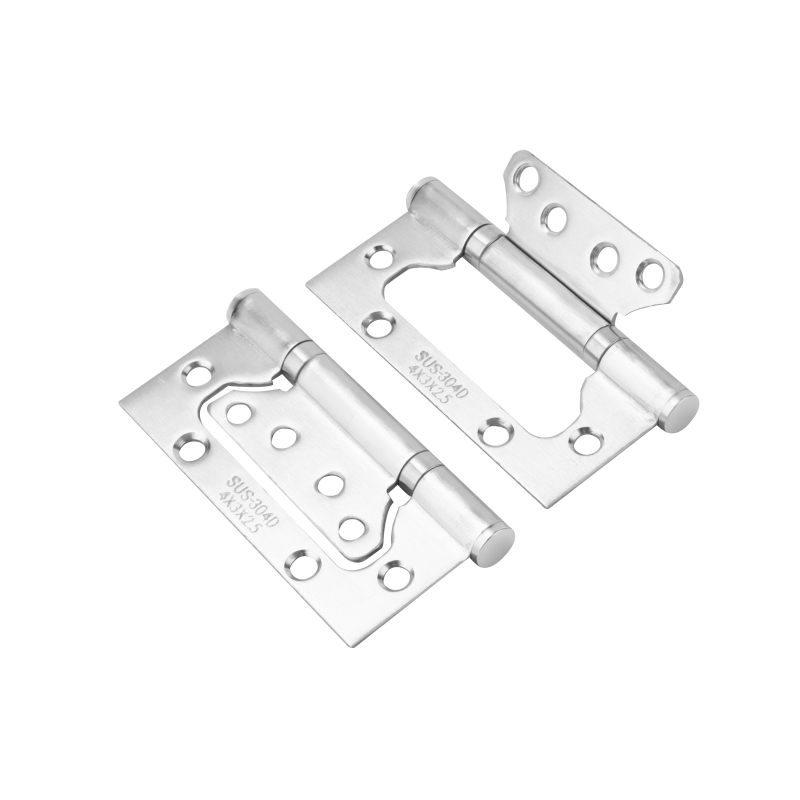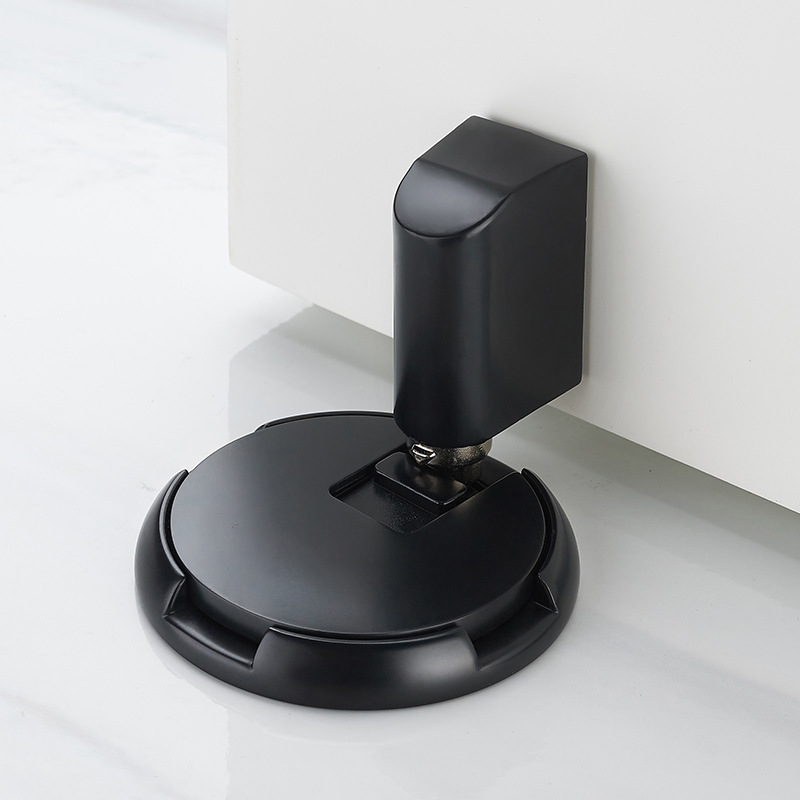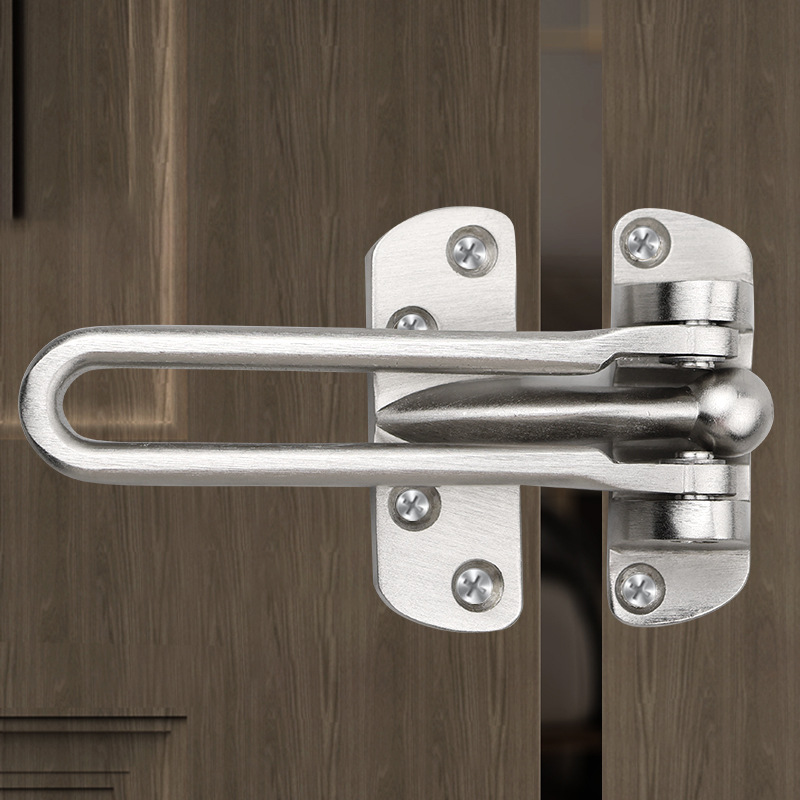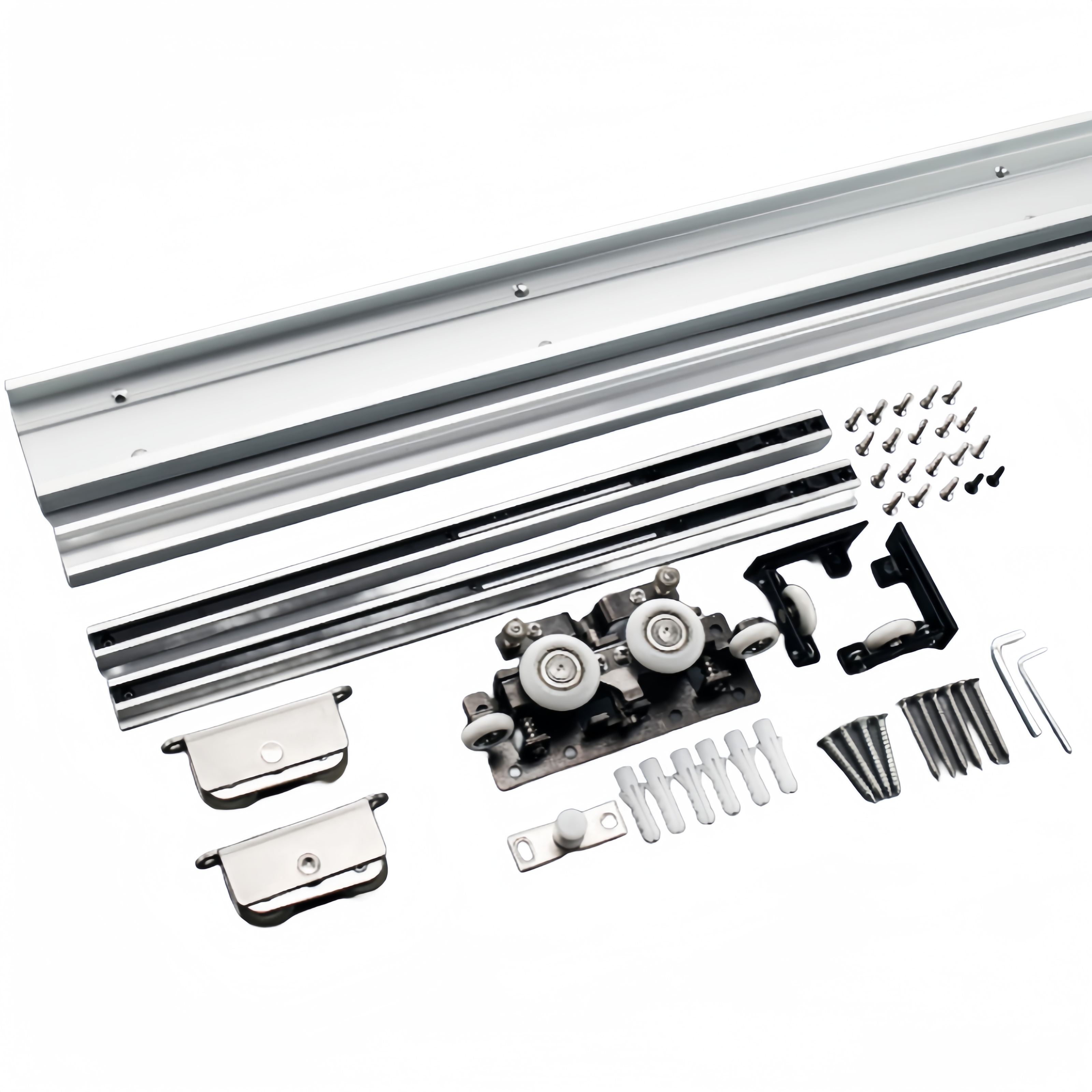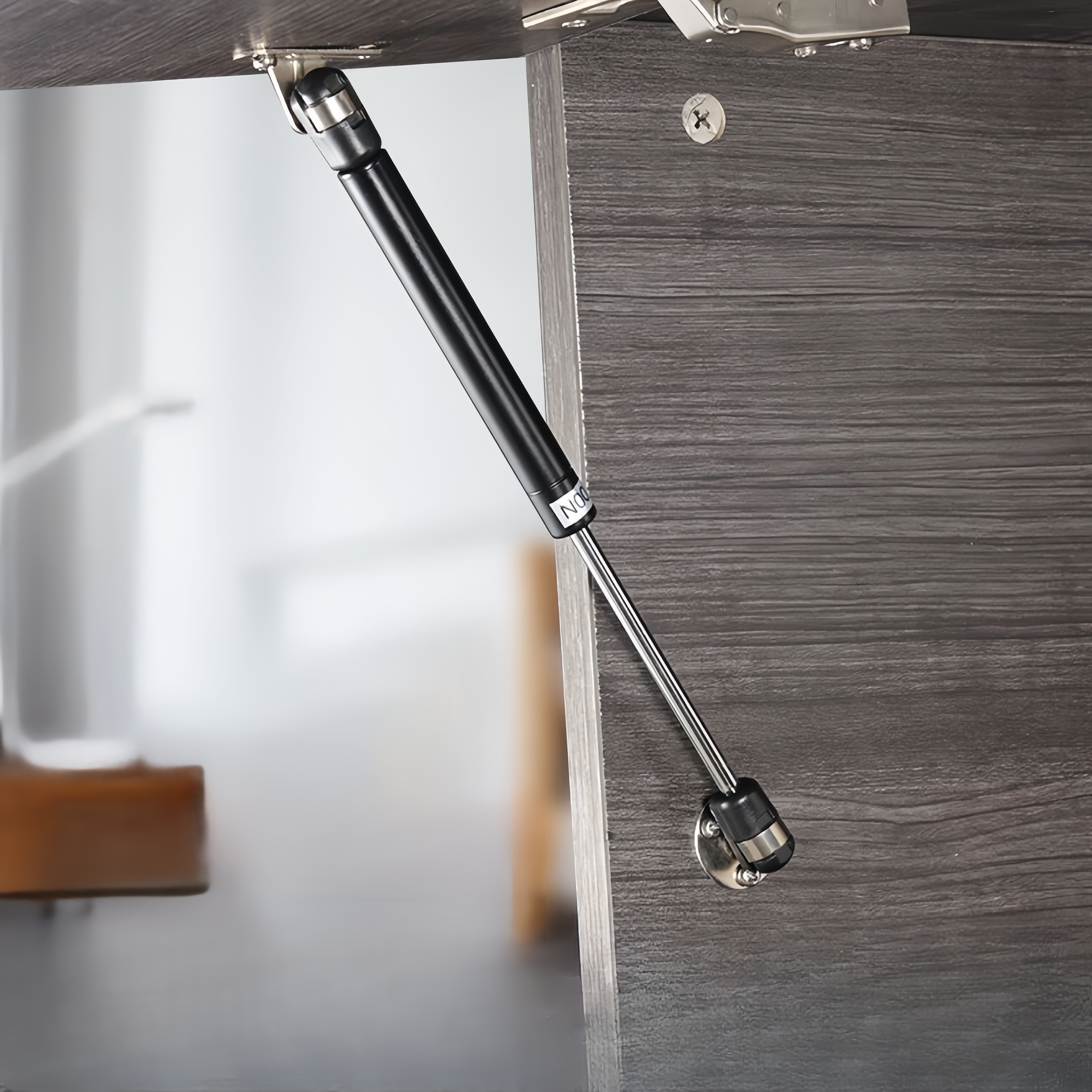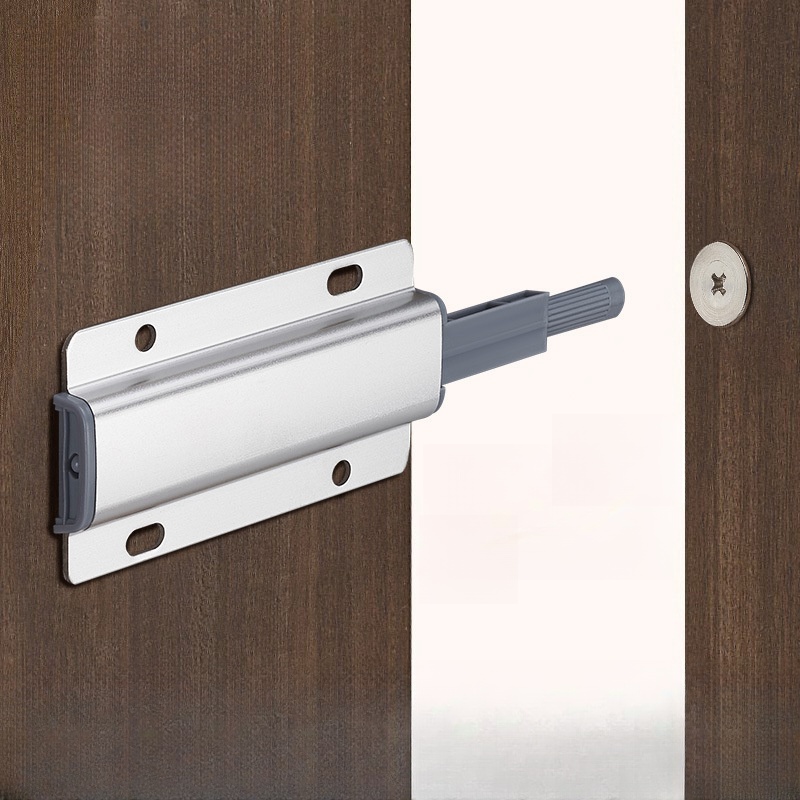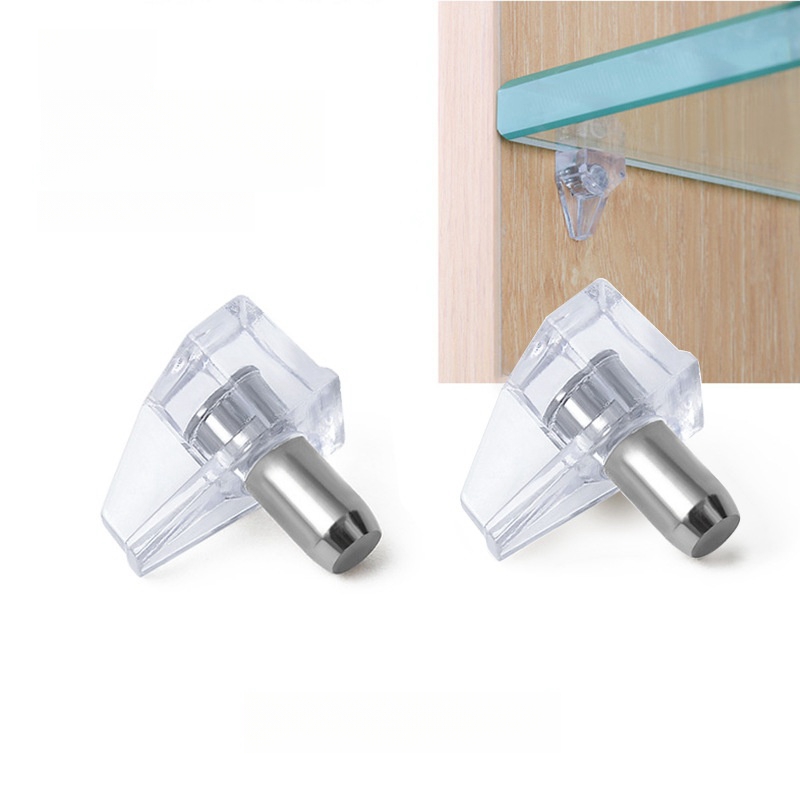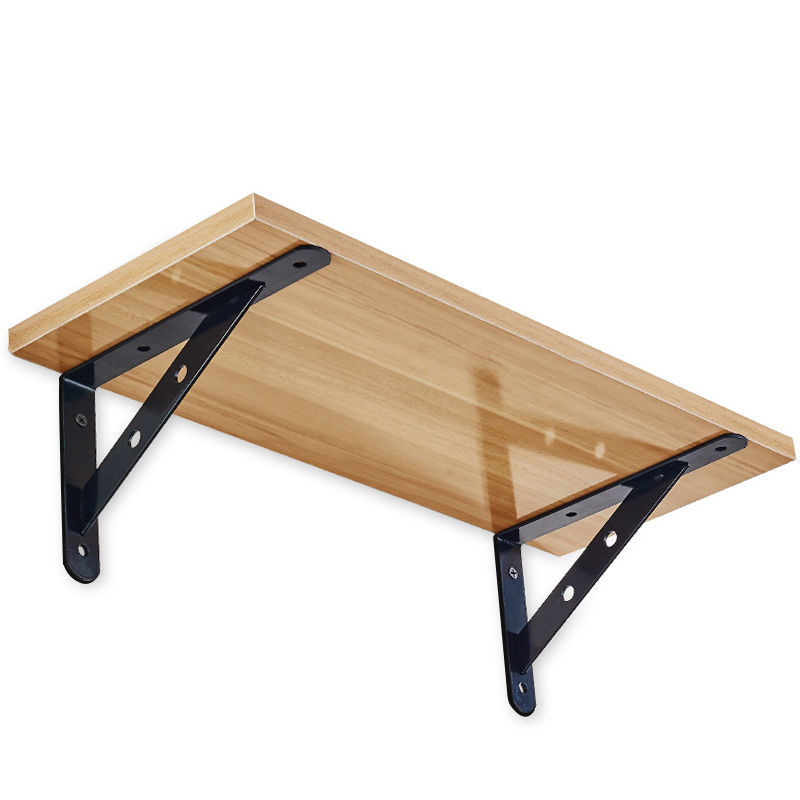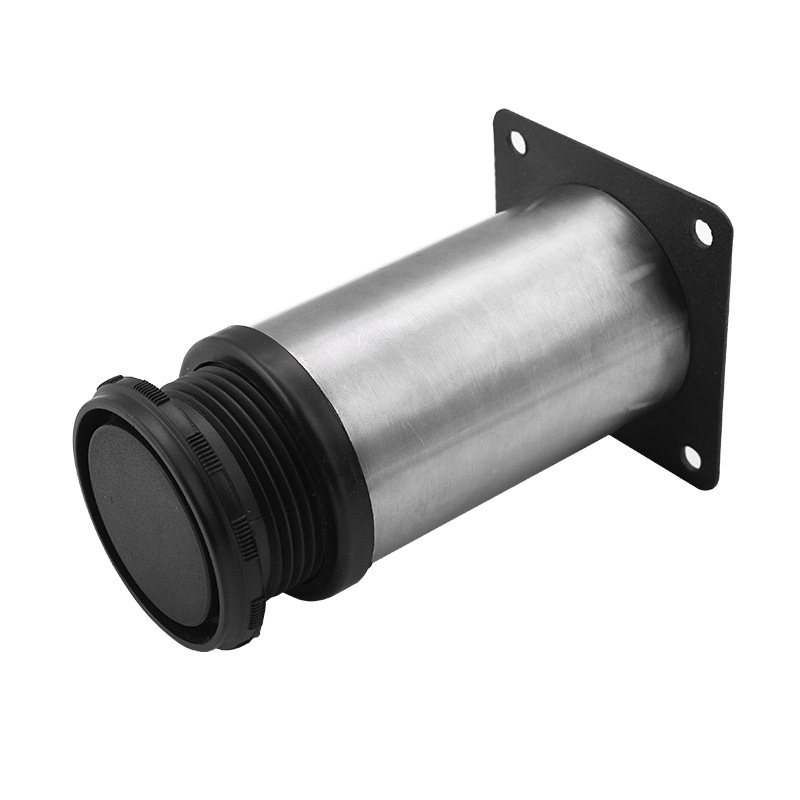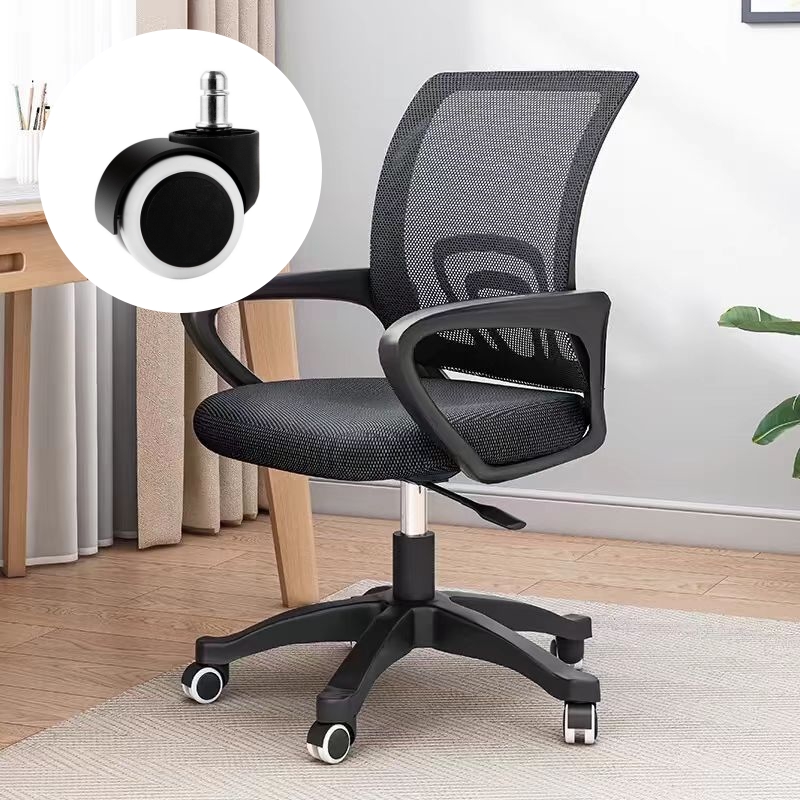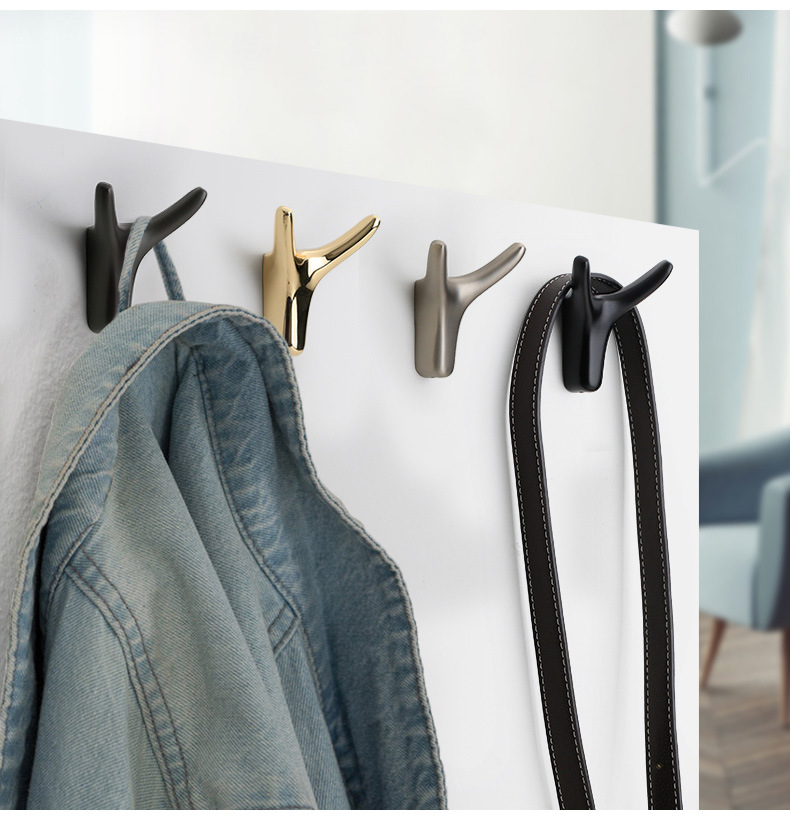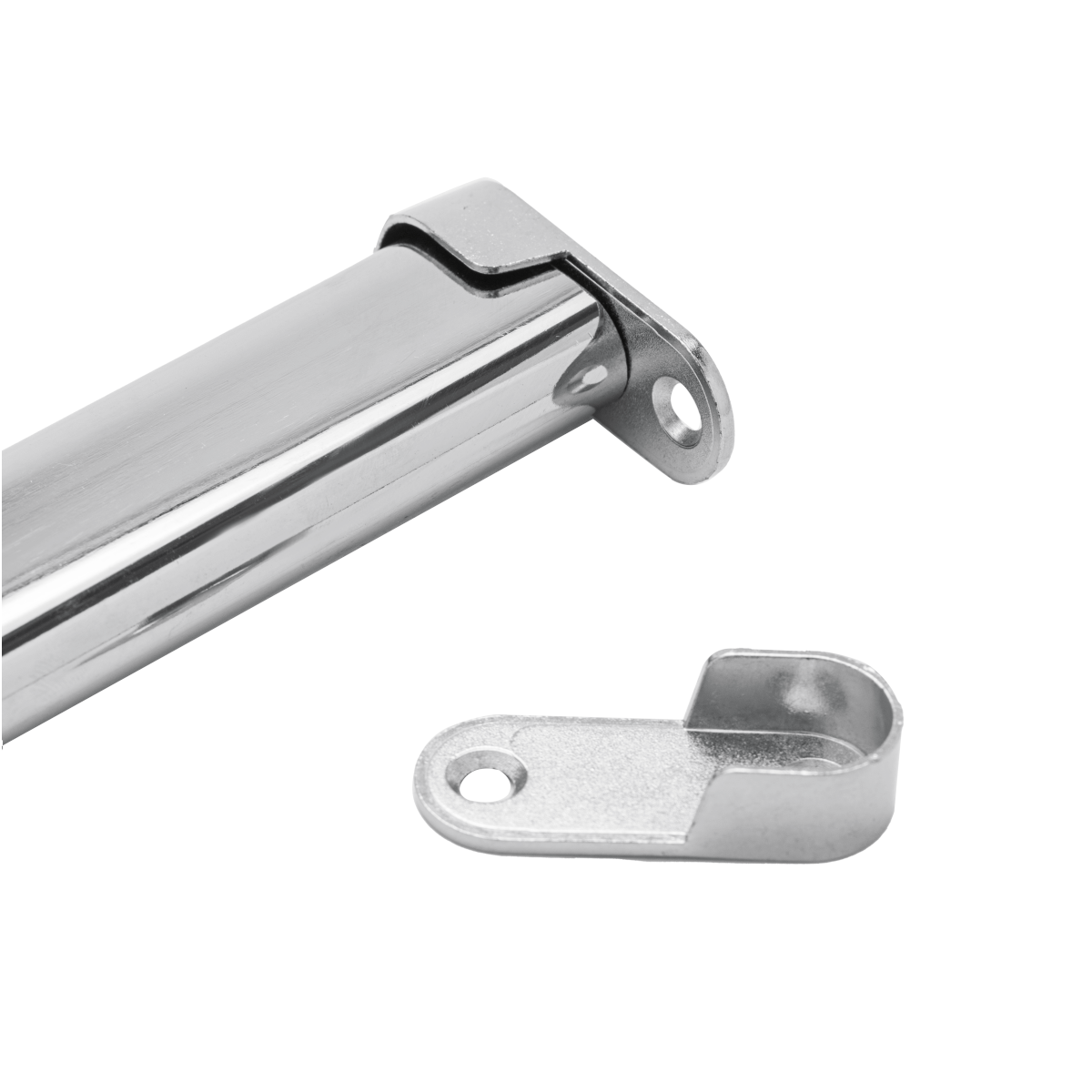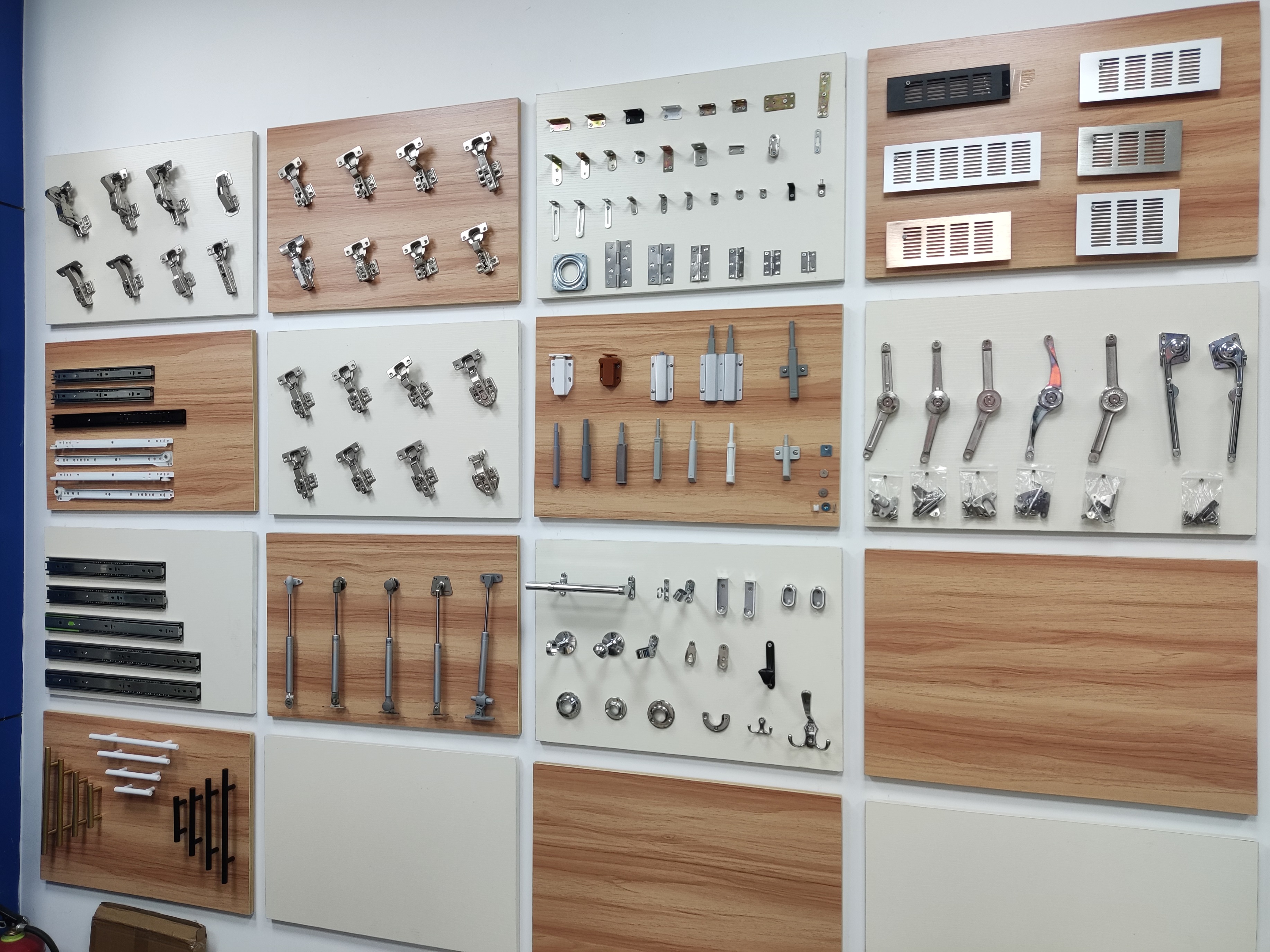
ABOUT
Guangzhou Toplink hardware Co., Ltd specialized in the production and export of furniture hardware fittings, with an experience of more than 14 years.
Our main products are drawer locks, cabinet hinges, sliding rails, cabinet handles, casters, cabinet legs and connecting fittings etc..
With a complete range of products, excellent performance and reasonable prices we have built up business with many customers all over the world.
We are committed to strict quality control and considerate customer service. We sincerely looking forward to becoming your best choice and the most reliable partner!
PRODUCTS
door latch stuck in door frame
Understanding the Mechanics of a Stuck Door Latch
Before we explore solutions, it's helpful to understand the basic mechanics of a door latch. A door latch typically consists of a latch bolt that extends from the door edge when the door is closed, engaging with a strike plate mounted on the door frame. This strike plate houses a small recess that perfectly fits the latch bolt, holding the door securely in place. A stuck latch implies that this simple mechanism has malfunctioned, preventing the bolt from retracting or engaging properly.
The interaction between the latch bolt, the strike plate, and the surrounding wood is critical. Even minor discrepancies in alignment, swelling of the wood due to humidity, paint buildup, or debris can obstruct the smooth operation of the latch. Understanding these points of potential failure is the first step towards a successful repair.
Common Causes of a Stuck Door Latch
The reasons behind a stuck door latch are multifaceted. One of the most prevalent culprits is wood expansion due to changes in humidity. Wood is hygroscopic, meaning it absorbs moisture from the air. During periods of high humidity, the wood around the door and frame can swell, putting pressure on the latch mechanism and preventing it from retracting smoothly. This swelling often causes the door to bind against the frame, making it difficult to open and close.
Paint buildup is another frequent offender. Over time, layers of paint accumulate around the door frame and the latch mechanism, creating friction and hindering the latch bolt's movement. Similarly, dust, debris, or even small pieces of wood can accumulate within the strike plate, clogging the mechanism and preventing the latch from retracting.
Finally, a misaligned door or a damaged latch bolt itself can be responsible. The door might have settled over time, causing the latch bolt to miss its mark in the strike plate. Alternatively, the latch bolt might be bent or damaged, preventing it from extending or retracting properly. In such cases, a more extensive repair might be needed.
Troubleshooting and Repairing a Stuck Door Latch
Before resorting to drastic measures, some simple troubleshooting steps can often resolve the issue. First, inspect the door frame and the area around the latch for any visible obstructions. Remove any loose debris or paint buildup using a scraper or putty knife. Be gentle to avoid scratching the paint or damaging the wood.
Next, try lubricating the latch mechanism. A dry lubricant, such as graphite powder or a silicone-based spray lubricant, can help reduce friction and allow the latch to move freely. Apply a small amount of lubricant to the latch bolt and the strike plate, then carefully work the latch back and forth several times to distribute the lubricant evenly. This simple step often resolves minor sticking issues.
If lubrication doesn't work, check the alignment of the door and frame. A slightly misaligned door can cause the latch bolt to bind against the strike plate. If you suspect misalignment, you might need to adjust the door hinges or the strike plate itself. This may require a screwdriver and possibly a level for accurate alignment. For significant misalignments, seek professional help to prevent further damage.
When to Call a Professional
While many stuck door latch issues can be resolved with DIY methods, some situations warrant the expertise of a professional locksmith or handyman. If you've tried all the troubleshooting steps and the latch remains stubbornly stuck, it's best to call for professional help.
Severe damage to the latch bolt, extensive wood swelling, or a complicated misalignment of the door and frame require specialized tools and knowledge. A professional can assess the situation accurately and determine the best course of action, possibly involving replacing the latch, adjusting the door frame, or even repairing damaged wood. Attempting complex repairs without proper expertise can cause further damage, increasing the cost and complexity of the overall repair.
Ignoring a stuck door latch, particularly if it’s an exterior door, can compromise home security. A professional can ensure that the door is securely locked, offering peace of mind and protecting your home from potential intruders. Moreover, a professional's assessment can help identify underlying issues that could contribute to future problems.
Prevention: Maintaining Your Door Latches
Preventing a stuck door latch is far easier than fixing one. Regular maintenance can significantly reduce the likelihood of encountering this frustrating problem. Regularly inspect the door and frame for signs of wear and tear, paint buildup, or wood swelling. Keep the area around the latch clean and free of debris. Lubricating the latch mechanism periodically with a suitable lubricant, especially during changes in humidity, can significantly improve its performance and longevity.
Consider using a humidity control system in your home to mitigate the effects of moisture changes on wooden doors and frames. Maintaining consistent humidity levels can significantly reduce wood expansion and contraction, preventing many door latch problems. Lastly, regular painting and repainting of the door and frame, ensuring that paint doesn't accumulate excessively around the latch mechanism, can significantly improve the lifespan of the latch and reduce friction.
By understanding the causes and prevention methods, you can significantly reduce the chances of facing a stuck door latch. A proactive approach to maintenance will ensure smooth operation and add years to the life of your doors and door hardware.
SUBSCRIBE
INQUIRY
